Do You Actually Need a Gaming Phone in 2025?
Here's what makes a phone excellent for gaming and how to know if a gaming phone is right for you.


The appeal of a console like the Nintendo Switch 2 or gaming handhelds like the Steam Deck, Asus ROG Ally, Lenovo Legion Go S, etc., is obvious: They provide a portable gaming platform you can bring anywhere so you can enjoy games wherever and whenever you want. But you’re already carrying a phone around with you everywhere you go. What if it could check the same boxes that a gaming handheld does?
That’s the question that might send you down the gaming phone rabbit hole. Depending on what you’re after from your gaming hardware, there’s a good chance a gaming phone could be a good fit for you. But first, you’ll want to understand what makes a standout gaming phone so different from your typical smartphone, what limitations a gaming phone will still have, and how you plan to use it.
What Makes a Great Gaming Phone?
A gaming phone is going to have all the same core elements as an everyday phone, but it will likely have souped-up versions and extra hardware enhancements to help it perform better at its core task: gaming.
On the iPhone side of the fence, the best gaming phone will pretty much just be the latest Pro model, as it will include the most potent system-on-chip and highest quality display of the options Apple makes.
On Android, it gets more complicated. Many flagship phones will feature the latest Qualcomm or MediaTek chipset, so it might seem like they should all perform on an even footing. To some extent, they can perform quite close to one another. In our phone tests, we often find the same system-on-chip performing neck-and-neck to one another in short tests. But in longer, more demanding tests, we get to see just how the gaming phones’ enhancements help set them apart.
Sustained performance
When we test phones, we put them through long-lasting gaming and benchmarks that give them plenty of time to see their temperature climb and their performance tank. A phone that can run a benchmark once at 30fps might sink down to just 15fps after running that benchmark 20 times. The Samsung Galaxy S25 Ultra demonstrated this well; its performance halved over the course of 3DMark’s Steel Nomad Light stress test. By contrast, the RedMagic 10 Pro implemented active cooling, allowing it to run the same benchmark and see its performance only sink by 21% over the course of the test (or even hold stable at a slightly lowered ceiling). That sustained performance is crucial for longer gaming sessions. The last thing you want from a gaming phone is to start playing and watch your game get slower and slower as you go.
Heat management and ergonomics
It’s not just the heat of the chipset tanking performance that matters. Where that heat goes is also important for a gaming phone. Unless you’re using a phone controller, you’re going to be holding the phone in your hands while you play. The heat generated by the phone can result in hotspots and go beyond merely uncomfortable to touch. Gaming phones tend to have enhanced cooling systems that aim to prevent heat buildup in the first place located in spots that keep it away from the areas of the phone you’re likely to hold while gaming. The Asus ROG Phone 9 positions its chipset at the center of the phone, for example. A gaming phone ought to have rounded corners as well so that hard edges don’t stab into your palms.
A fast screen
60Hz is a thing of the past on great phones. Gaming phones, even on the affordable end of the spectrum, almost invariably offer at least 120Hz refresh rates. That helps make everyday use feel smooth, but it’s especially applicable to games for more detail in motion. That’s not the only element of speed that matters here, though. Gaming phones also tend to have an elevated touch sampling rate. This helps register touches on the display sooner, which may be hard to detect in practice but can make a difference in fast-paced games where every millisecond counts.
A big battery
A super-powered phone with a massive display could be wonderful to game on, but if it’s carrying a tiny 4,000mAh battery, it probably won’t be all that useful for gaming in general. Playing games sucks down a lot of juice between the screen being on and chipset running at high speeds. Combine that with the burden of regular use throughout the day, and you could be running for a charger frequently if you try to game on a phone with a small battery. Most good gaming phones will feature a sizable battery pack. For example, the RedMagic 10 Pro offers one of the biggest batteries we’ve seen in a phone that wasn’t outlandishly thick with its 7,050mAh pack.
Additional features
Scoring high marks in the areas above can set up a phone for success while gaming. But to go above and beyond, a gaming phone should have a few extra features tailored to enhance the gaming experience or provide even more options while playing. This can include bonus software or hardware features, like OnePlus’s HyperRendering tool for upscaling and frame interpolation. Many gaming phones will feature dedicated shoulder buttons to give gamers more input methods. Support for pass-through power is also a common and useful tool for gamers, as it lets the system-on-chip draw power directly from a cable connection, skipping the battery and the extra heat generation that comes with it.
Gaming Phone Limitations
Getting a gaming phone to serve its core purpose tends to come with some trade-offs. Some of those are because the design necessitates it, and others are simply because a manufacturer can only put so much into a phone before its price spirals out of control.
Missing features
A few features of modern smartphones you’ve probably come to expect aren’t always present on gaming phones. Wireless charging might be absent. That extra layer of coiled wire necessary for wireless charging not only takes up precious internal space, but can get in the way of the phone’s ability to transfer heat into the back of the chassis. To make up for it, a lot of gaming phones will at least support very fast wired charging (like the RedMagic 10 Pro’s 100W charging). Water protection can also fall short of competitors. A gaming phone that uses active cooling won’t have the same sealed chassis that other devices do, so it’ll be exposed to potential ingress of water and dust.
Cameras
The camera system on many smartphones can be one of its biggest selling points; take the triple-sensor arrays on the iPhone 16 Pro or OnePlus 13, or even the quad-sensor array on the Samsung Galaxy S25 Ultra, for instance. Meanwhile gaming phones tend to divert their efforts elsewhere. The Asus ROG Phone 9, despite costing as much as these competitors, offers a much more meager camera system with one wide camera, one ultra-wide, and a throwaway macro lens. It’s a similar story for the RedMagic 10 Pro. Even if the amount of cameras tacked onto a gaming phone is the same as a mainstream phone, we’ve yet to see one come near the quality of the mainstream competition.
Game selection
Even if a gaming phone has gobs of power to run games, it is still limited to the selection of games available on its native operating system (more than likely, that’s Android). While there are tons of games available on mobile, you’ll still be missing out on many of the biggest games around. AAA games tend not to launch on mobile platforms. There are means of playing PC and console games on your phone via cloud gaming and game streaming, but these rely almost entirely on the quality of your wireless connection and can run on very modest hardware – meaning, a gaming phone provides little benefit over any other phone. The performance of phones has leapt substantially recently, and I wouldn’t be surprised if we started to see more attention given to mobile, but until then, the benefits of a powerful gaming phone will be limited to the selection of games available directly on the phone itself.
Does a Gaming Phone Make Sense?
Ask yourself this series of questions before buying a gaming phone. If you answer any of them with a “no,” then you’ll probably be able to skip a gaming phone and opt for a normal smartphone instead.
Do you like to play games available on Android and iOS?
If so, then a gaming phone might make sense. If most of the games you want to play are on PC or console, though, there’s little reason to get a gaming phone, as it won’t provide any particular benefit. For PC games, a gaming handheld may make more sense. For console games, you’ll likely be looking at game streaming or cloud gaming.
Do you play games with intense graphics?
Realistic 3D graphics can be a heavy lift for gaming hardware, and that’s when the performance of a gaming phone might come in handy. But many mobile games aren’t terribly demanding. Games like Among Us, Hearthstone, Stardew Valley, Subway Surfers, etc., don’t seriously tax recent smartphone CPUs and GPUs. If that’s your preferred gaming fare, then you can probably get by perfectly fine with a normal smartphone.
Do you like to dial up graphics settings to the max and game for long stretches of time?
Even though they’re not made specifically for gaming, recent flagship phones like the OnePlus 13 can still perform wonderfully in demanding games. It’s the extra performance and thermal management of gaming phones that helps them outperform their mainstream counterparts when it comes to going balls to the wall, sustaining performance for extended periods, and maintaining acceptable temperatures while doing so. But if you just jump into a game here and there for 5-10 minutes at a time and don’t care about cranking up graphics settings or the differences between 30fps and 60fps, plenty of phones are up to the task.
If you answered yes for those last three questions, then a gaming phone could be a smart pick. You’ll get stronger performance, longer battery life, and fewer heat issues than you would from most everyday smartphones. In any other case, you’ll probably be better served by a standard smartphone, gaming handheld, cloud gaming, or some combination of the three.
Which Gaming Phone Should You Buy?
IGN's overall top pick for the best gaming phone right now is the RedMagic 10 Pro with its excellent performance and a great display. Below are the rest of our top-reviewed options for gaming in 2025.
Mark Knapp is a contributing freelancer for IGN covering everything electronics and gaming hardware. He has over 10 years of experience in the tech industry with bylines at PCMag, Reviewed, CNET, and more. Find Mark on Twitter @Techn0Mark or BlueSky at @Techn0Mark.

































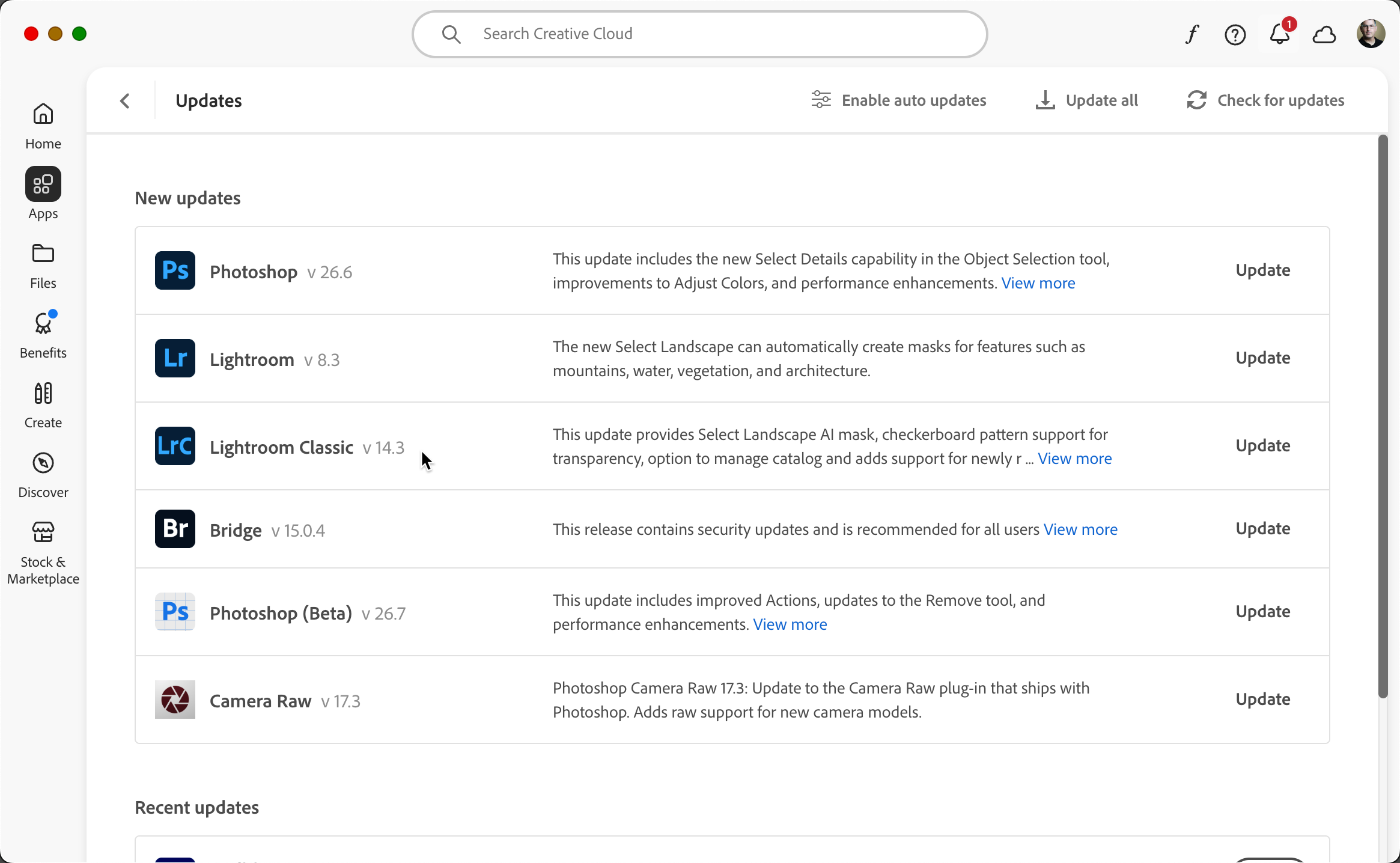

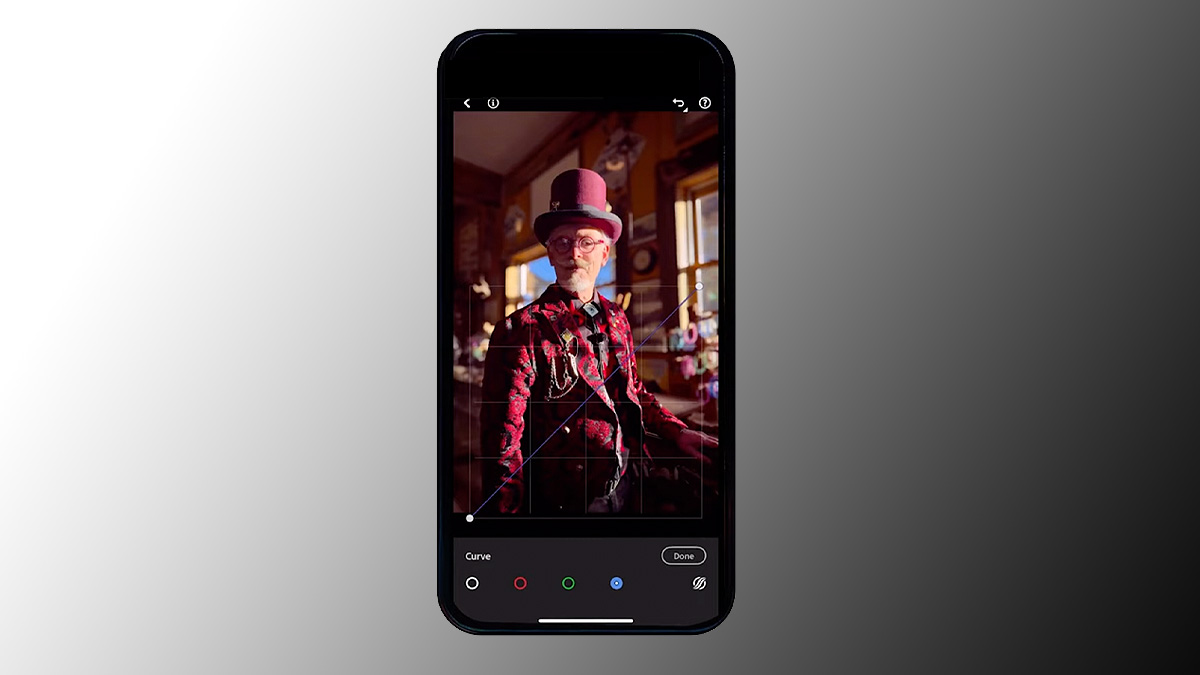




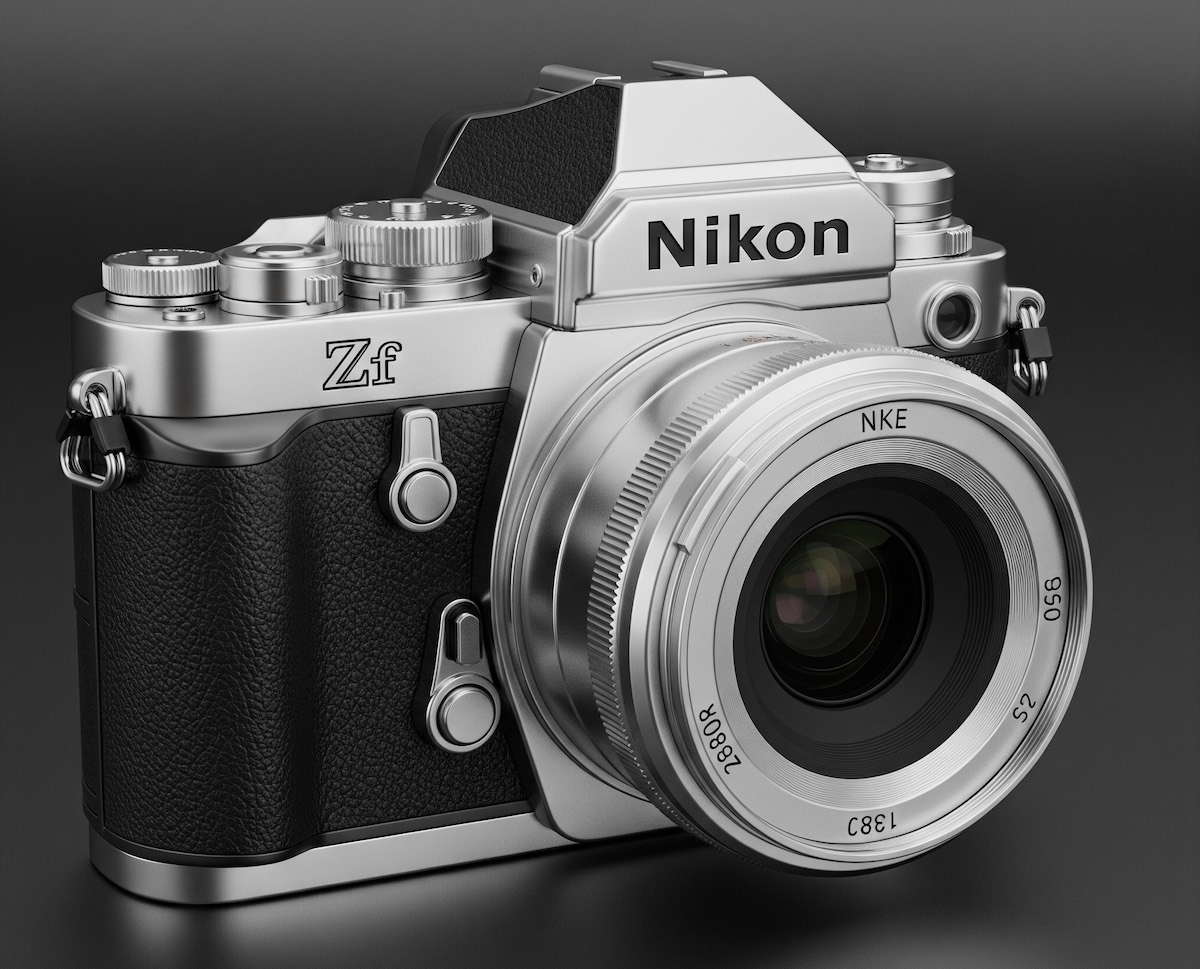




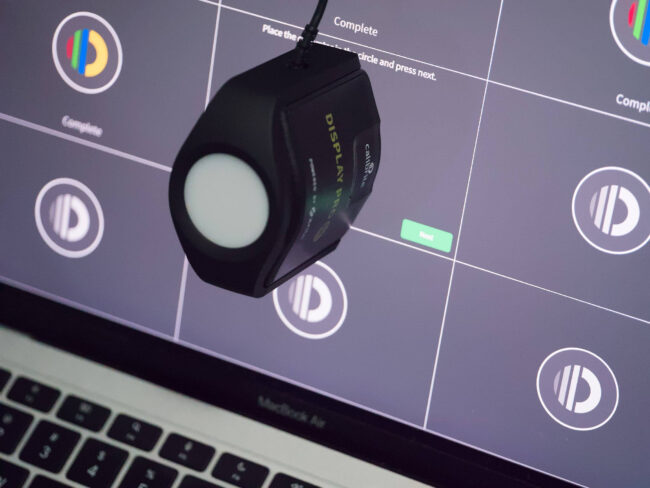
















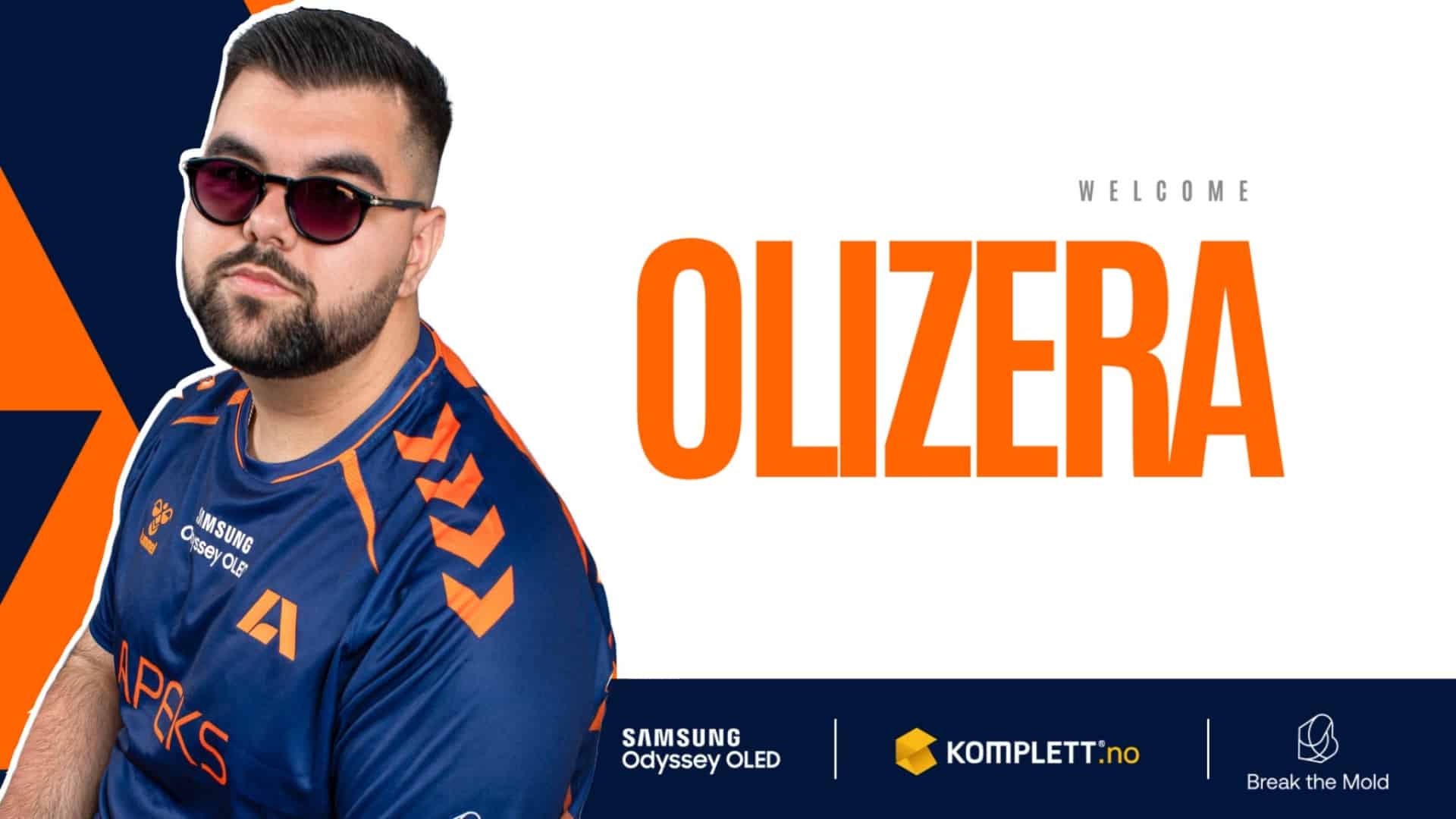






















































![What’s in Chelsea Handler’s Shopping Cart [Exclusive]](https://cdn.apartmenttherapy.info/image/upload/f_auto,q_auto:eco,c_fill,g_auto,w_660/tk/edit/news/2025/2025-06/a-la-cart-chelsea-handler/alacart-chelsea-handler-lead)



































































.jpg)








































































